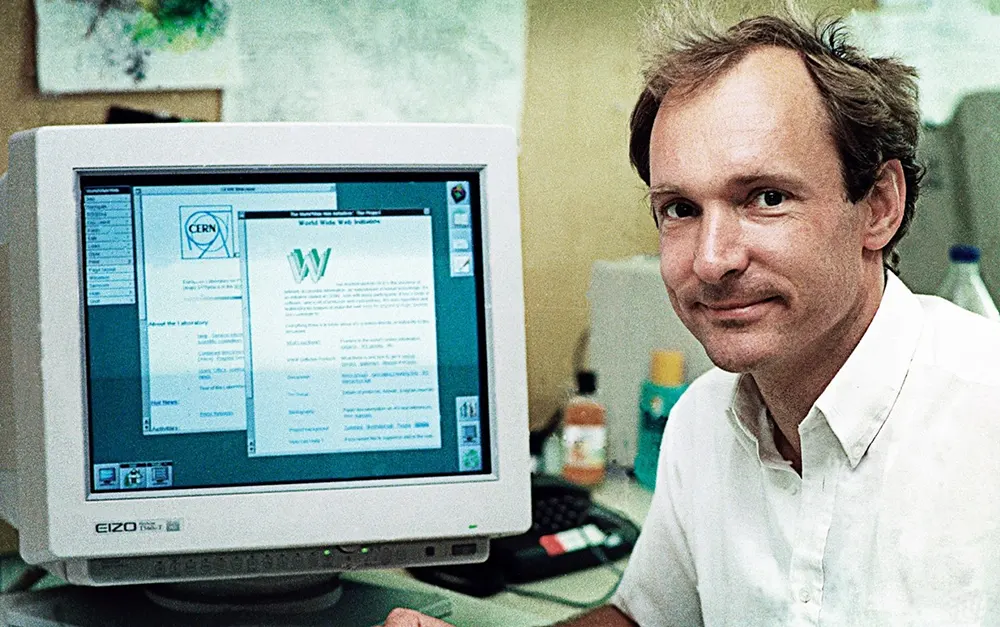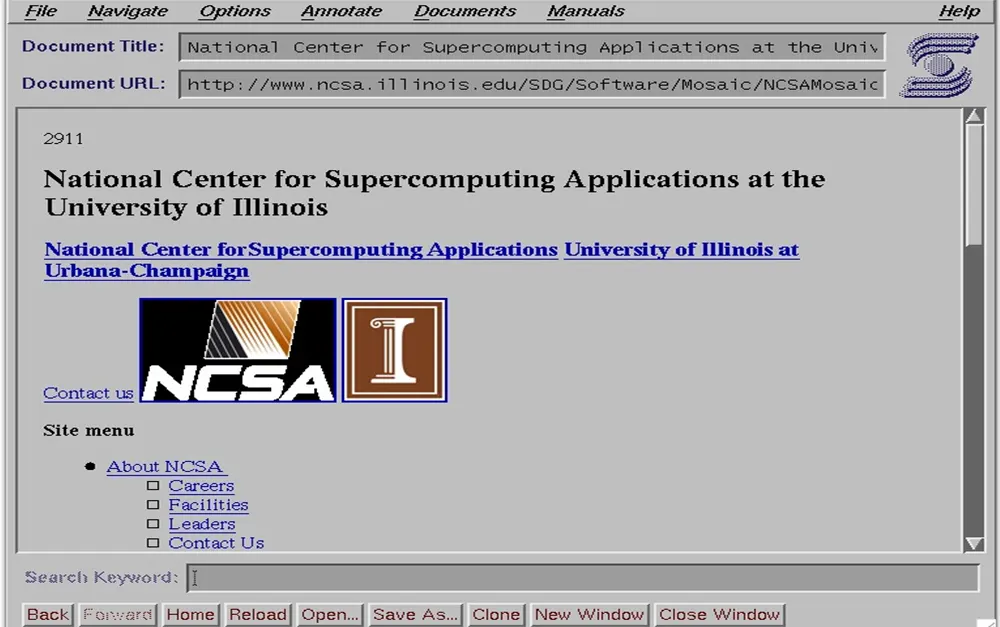
Sir Tim Berners-Lee
In 1989, a physicist named Tim Berners-Lee working at CERN, a European research organization, invented the World Wide Web. This revolutionary concept would forever change how we access and share information. The very first website, launched at CERN in August 1991, was a basic text-based affair designed to share information among researchers. Unlike today's feature-rich websites, it didn't contain any flashy graphics or interactive elements. Back then, websites were coded in basic HTML, a markup language that defines the structure and content of a webpage.


The First Domain Name
The world’s first domain name ever registered was symbolics.com, which was registered on March 15, 19851. This domain was registered by Symbolics, a computer manufacturer based in Massachusetts, USA. Today, it stands as a historic milestone in the evolution of the internet


Mosaic browser the First Browser
These early websites were far from the visually rich experiences we're accustomed to today. Limited by technology, they were primarily text-heavy with minimal formatting. However, a crucial development arrived in 1993 with the release of the Mosaic browser. This graphical user interface browser made the web more user-friendly and popularized the concept of browsing the web. Around the same time, in 1993, the world saw the arrival of the first search engines like ALIWEB, allowing users to navigate the rapidly growing web of information.



